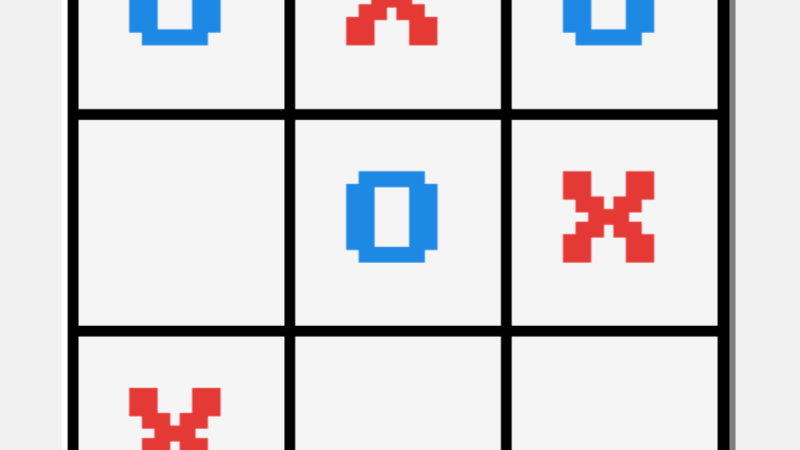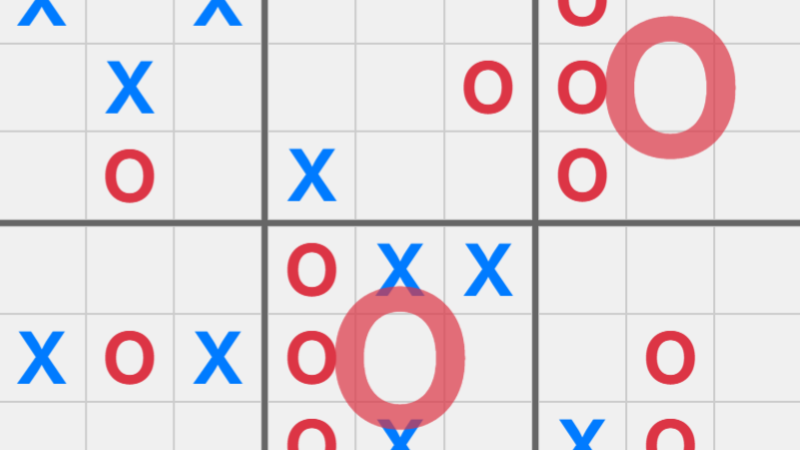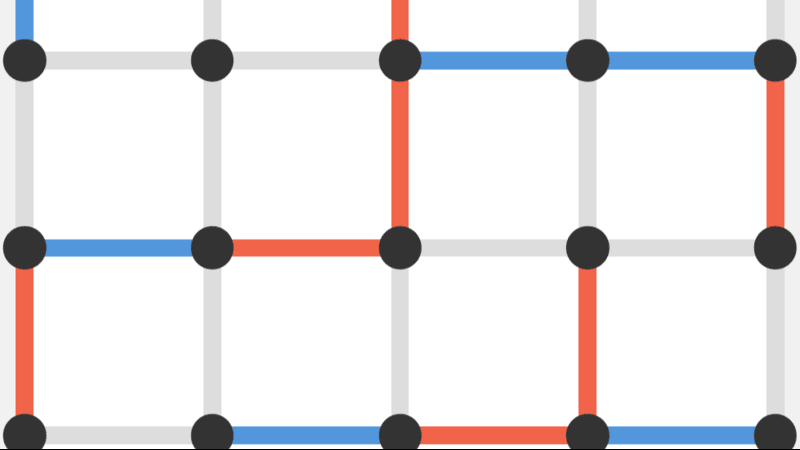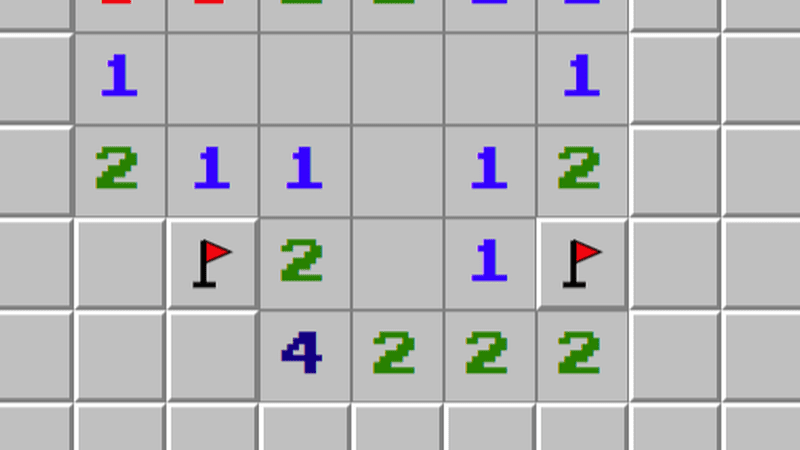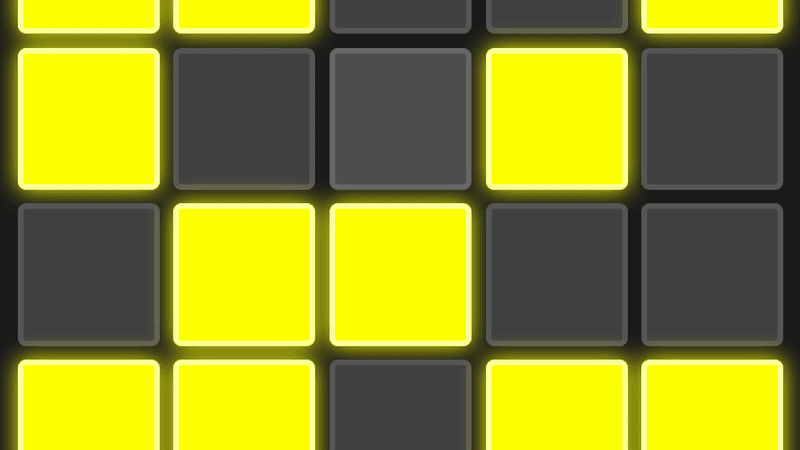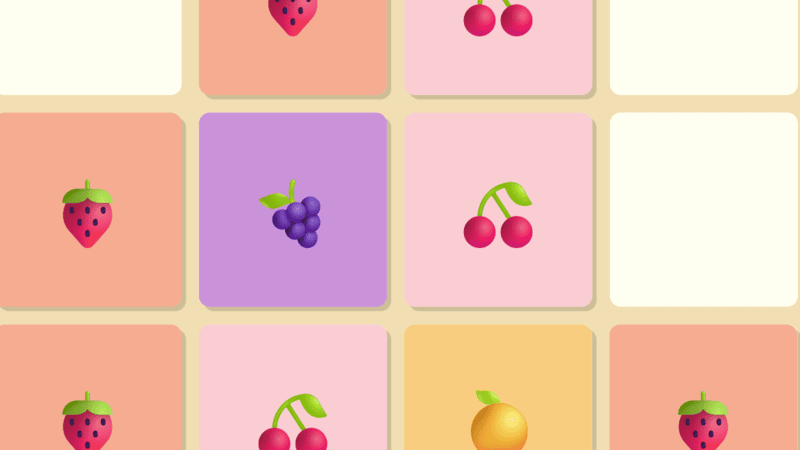2048
Merge numbers to make 2048.
How to Play 2048
Welcome to 2048! This addictive sliding puzzle game challenges you to combine numbered tiles to reach the coveted 2048 tile. Simple to learn but surprisingly strategic, 2048 will test your planning skills and spatial reasoning.
Basic Rules
- The Goal: Combine tiles to create a tile with the number 2048. After reaching 2048, you can continue playing to achieve even higher scores!
- Movement: Use your arrow keys (on desktop) or swipe (on mobile/tablet) to move all tiles in one of four directions: up, down, left, or right.
- Tile Merging: When two tiles with the same number touch during a move, they merge into one tile with their combined value (e.g., 2 + 2 = 4, 4 + 4 = 8).
- New Tiles: After each move, a new tile (either 2 or 4) appears in a random empty spot on the grid.
- Game Over: The game ends when the grid is full and no more merges are possible.
- Scoring: Your score increases each time tiles merge, with higher-value merges contributing more points.
Tips for Beginners
- Choose a Corner: Pick one corner of the grid and try to keep your highest-value tile there throughout the game.
- Limit Your Directions: Focus on using only two or three directions (e.g., left, down, and right) to maintain better control of tile placement.
- Build in Order: Try to arrange tiles in descending order along one edge or in a corner, making it easier to merge systematically.
- Don't Rush: Take time to think about each move. Consider how the new tile placement might affect your strategy.
- Keep Space Open: Avoid filling the grid completely. Always try to maintain some empty spaces for maneuvering.
- Plan Merges: Look for opportunities to set up chain reactions where multiple merges happen in sequence.
Advanced Strategies
- The Corner Strategy: Keep your highest tile in one corner and build a "snake" pattern of decreasing values leading away from it. This creates a stable foundation for larger merges.
- Edge Management: Focus on filling one edge completely with tiles in descending order (e.g., 1024, 512, 256, 128), then work on merging them systematically.
- Avoid the Center: Try to keep the center of the grid relatively empty early in the game to maintain flexibility in tile movement.
- Plan Multiple Moves Ahead: Before making a move, visualize how the next 2-3 moves might play out, especially considering where new tiles might appear.
- Emergency Moves: Sometimes you'll need to make a suboptimal move to avoid getting stuck. Learn to recognize these situations early.
- Patience with High Tiles: Don't rush to merge your highest tiles. Sometimes it's better to work on smaller merges to clear space and set up better opportunities.
Controls & Accessibility
- Desktop: Use arrow keys (↑↓←→) or WASD keys to move tiles in the corresponding directions.
- Mobile/Tablet: Swipe in any direction to move tiles. The game is fully touch-optimized for mobile devices.
- Sound Toggle: Click the speaker icon to enable or disable sound effects and background music.
- New Game: Click the restart icon to start a fresh game (with confirmation dialog if a game is in progress).
- Game Persistence: Your progress is automatically saved. Close the browser and return anytime to continue your game.
- Responsive Design: The game adapts to different screen sizes for optimal play on any device.
Benefits of Playing 2048
Beyond being incredibly fun and addictive, 2048 offers several cognitive benefits:
- Strategic Planning: Develop long-term thinking skills by planning moves several steps ahead.
- Spatial Reasoning: Improve your ability to visualize and manipulate objects in space.
- Pattern Recognition: Learn to identify beneficial tile arrangements and movement sequences.
- Mathematical Thinking: Reinforce understanding of powers of 2 and doubling sequences.
- Problem-Solving: Develop analytical skills by working through complex tile arrangements.
- Patience and Persistence: Learn to work methodically toward long-term goals.
- Stress Relief: Enjoy a meditative, focused activity that provides satisfying progression and achievement.
The Story Behind 2048
2048 was created in 2014 by Italian web developer Gabriele Cirulli as a weekend project. Inspired by similar games like 1024 and Threes!, Cirulli wanted to create his own version of the sliding tile puzzle genre. What started as a simple programming exercise quickly became a global phenomenon.
The game's appeal lies in its perfect balance of simplicity and depth. While anyone can understand the basic mechanics in seconds, mastering the strategy to consistently reach 2048 (and beyond) requires practice, patience, and skill. The satisfying feeling of watching tiles merge and numbers grow keeps players engaged for hours.
Since its release, 2048 has inspired countless variations and ports to virtually every gaming platform. The original browser version alone has been played by millions of people worldwide, cementing its place as one of the most successful indie puzzle games ever created.
Frequently Asked Questions
What happens after I reach 2048?
Congratulations! You've won the game. However, you can choose to continue playing to reach even higher tiles like 4096, 8192, or beyond. See how high you can go!
Is there a maximum score possible?
Theoretically, yes, but it's astronomically high. The highest possible tile would be 131,072 (2^17), but reaching this would require an incredibly rare sequence of perfect moves and luck.
Why do new tiles sometimes appear as 4 instead of 2?
New tiles have a 90% chance of being a 2 and a 10% chance of being a 4. This small randomness adds strategic variety and prevents games from becoming too predictable.
Can I undo moves?
No, there's no undo feature in this version of 2048. This is intentional - it adds weight to each decision and encourages careful planning.
My game feels stuck - what should I do?
Don't panic! Sometimes you need to make several suboptimal moves to create new opportunities. Try focusing on clearing smaller tiles or changing your movement pattern to open up space.

